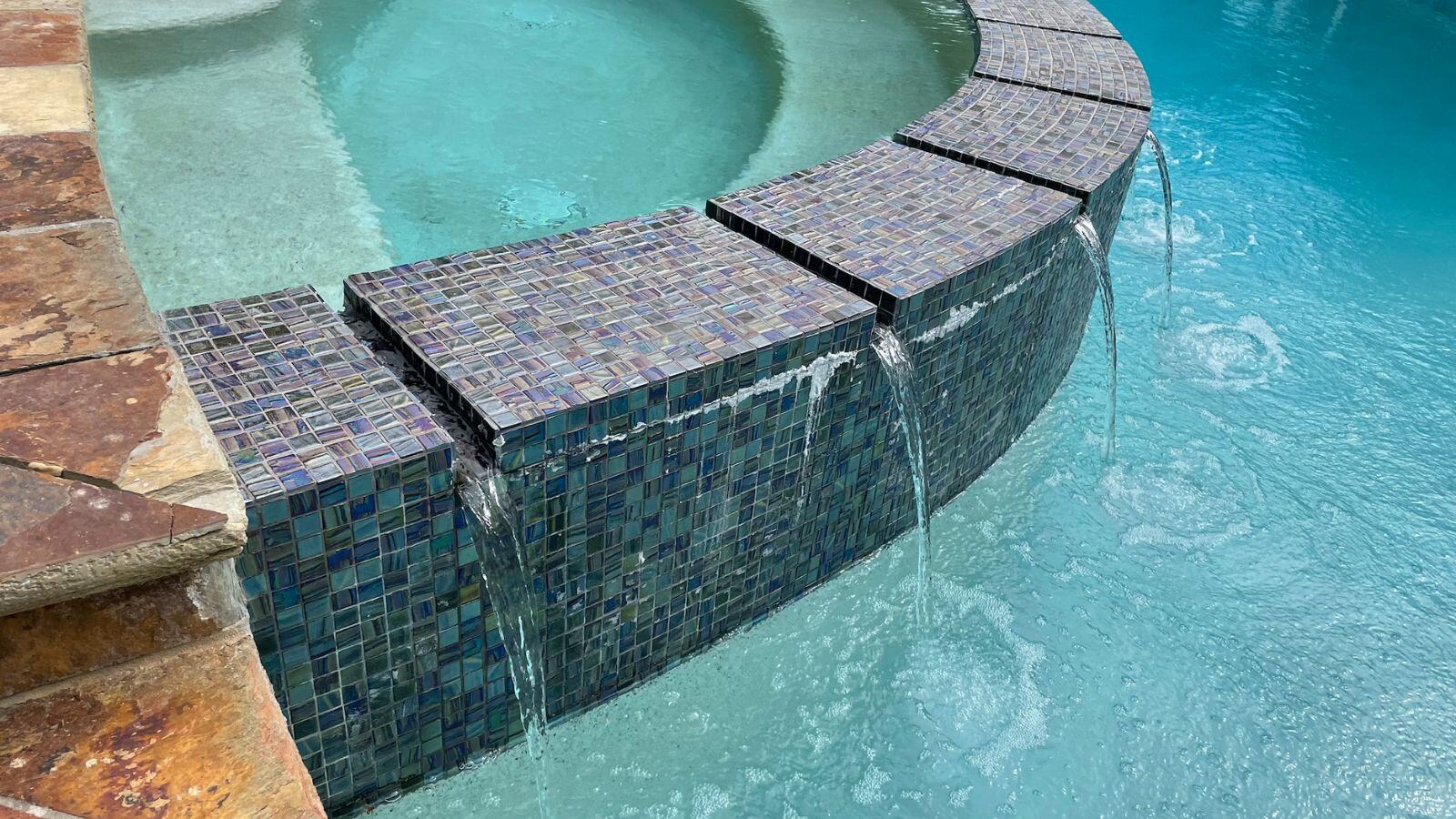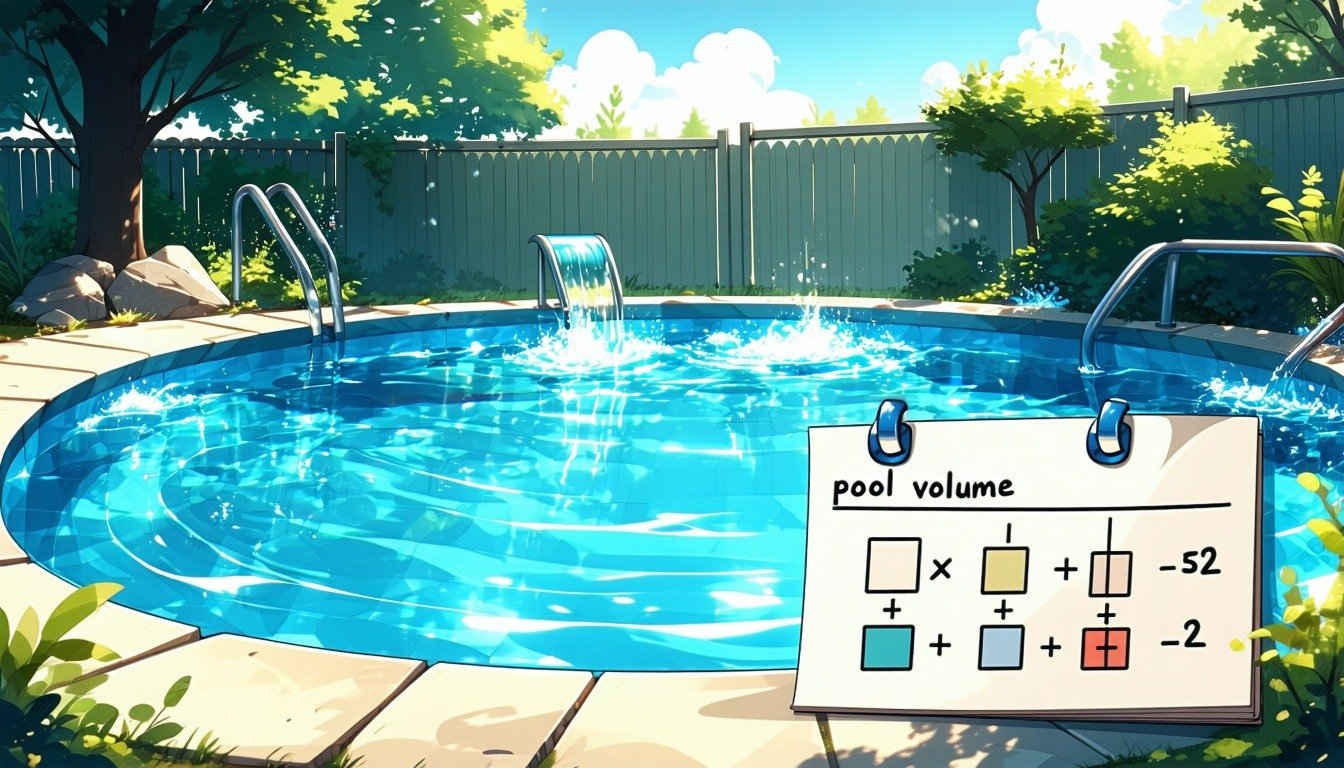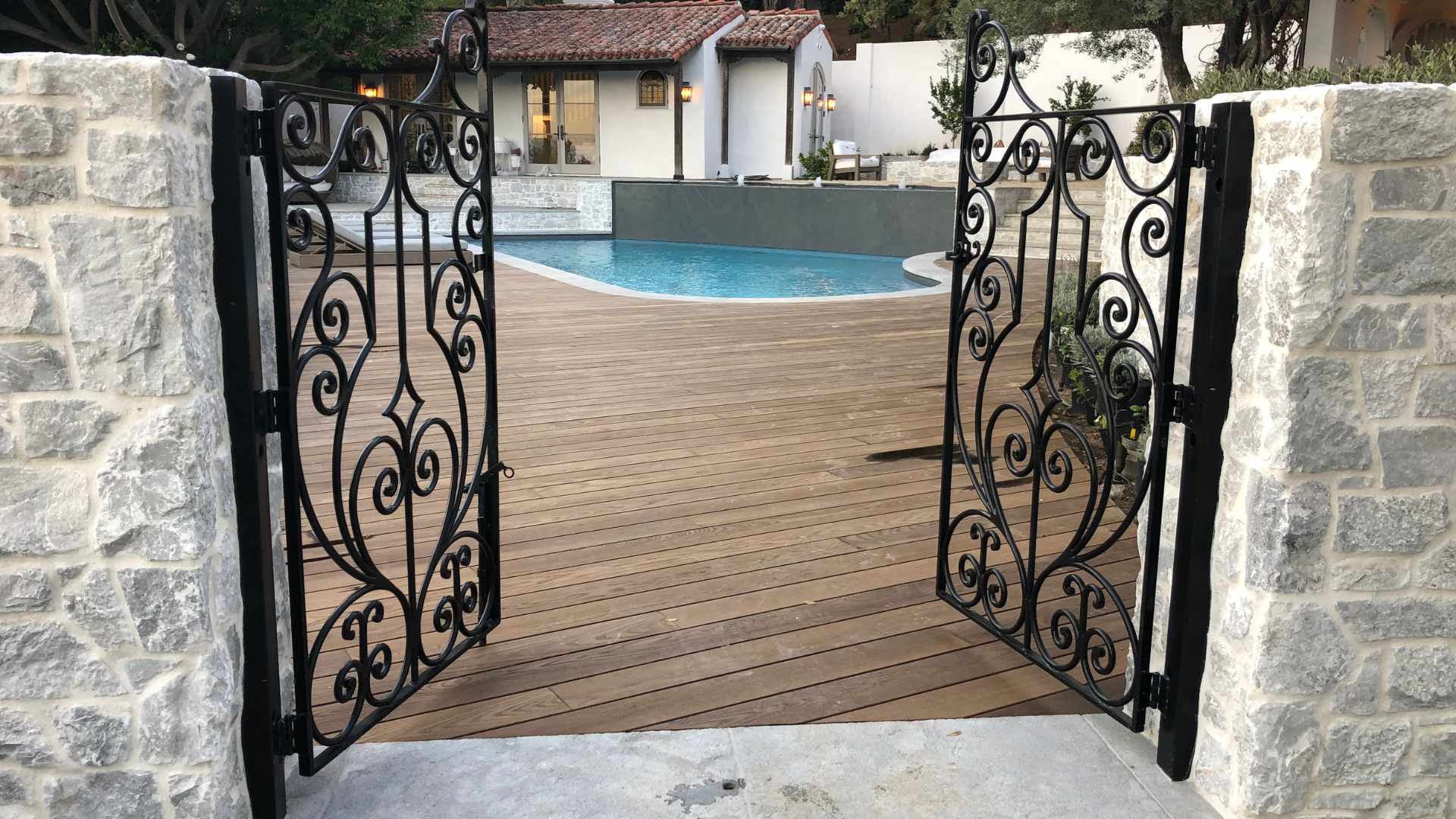How to Cut Pool Chemical Costs with Accurate Volume & Pump Run Time
The Secret Is Knowing Your Pool’s Volume Save money on pool chemicals while keeping your water clean and clear all year.Absolutely, and it starts...
2 min read
JC Escudero : May 13, 2025

Dive into the differences between calcium and efflorescence deposits in swimming pools and learn how to tackle these common issues with expert insights.

The Science behind it! Swimming pools, spas, and water features are in permanent contact with water, some submerged completely. Water is a Newtonian fluid; its pressure is equal in all directions, basically pushing minerals through capillary action to the surface in any direction. Some you can control, like building tight walls that reduce moisture intrusion with waterproofing materials and techniques. Some you can’t control, like water introduced naturally during a rainstorm, in high-humidity areas, or in regions with high groundwater levels.
What are Calcium deposits? These are often present as a white, crusty buildup along the waterline, resulting from high calcium hardness in the water itself, elevated pH levels, and other factors, including evaporation and warm temperatures. These deposits cling tenaciously to pool tiles, challenging even the most diligent pool owners.
What is Efflorescence? While visually similar, is a separate phenomenon. This white, powdery residue surfaces on porous materials due to water migrating through and evaporating, leaving behind salts. It is often less dense and does not adhere as strongly as calcium deposits, allowing for easier removal. Understanding these distinctions is the first step in addressing your pool's aesthetic and structural integrity.
.jpg?width=457&height=343&name=Effloresence%20Horizontal%20Blog%20Visual%20(1).jpg)
The crystalline elegance of a well-maintained pool can be marred by calcium buildup, often a byproduct of water chemistry imbalances. Contributing factors include high calcium hardness, originating from the water source or from chemicals added to maintain the pool. Elevated pH levels and alkalinity also play a significant role in calcium deposit formation, as does the evaporation process, particularly under overexposed sun heat.

Understanding these contributing factors is not just about remediation—it's about prevention.
As trustworthy and helpful as ever, experts recommend regular water testing and balancing to control these variables and ensure your swimming oasis's enduring beauty and functionality.

Efflorescence, often mistaken for calcium deposits, is an authentic concern for pool owners and builders. The process begins with water—rich in salts—permeating through porous construction materials. As the water evaporates, it leaves a white, powdery residue on surfaces. This aesthetic issue hints at underlying water management challenges within the pool's structure.
Addressing efflorescence requires a professional, informative approach. It is important to identify the source of water ingress, whether groundwater or rain penetration. Once understood, remediation efforts can be more accurately directed, preserving the pool's structural integrity and visual appeal.
.jpg?width=500&height=375&name=Effloresence%20Horizontal%20Blog%20Visual%20(2).jpg)
Preventing and removing calcium deposits is a sophisticated art that balances chemistry with elbow grease. Prevention begins with regular, respectful testing and managing pool water levels, ensuring they remain within the recommended hardness, pH, and alkalinity ranges. The strategic use of pool covers can minimize evaporation, thus reducing the likelihood of deposit formation.
A combination of professional cleaning agents and gentle brushing techniques is often advised for removal. Trustworthy pool maintenance professionals can provide helpful and authentic guidance, ensuring that the removal process does not damage the delicate surfaces of your pool tiles, unlike bead or sandblasting, which permanently damages your tile and surface materials.

Mitigating efflorescence is integral to maintaining a pool's longevity and aesthetics. The key lies in selecting the right building materials and employing approved waterproofing and installation methodologies. Implementing such preventative measures can significantly reduce or even eliminate efflorescence.
For pools already battling efflorescence, professional treatment and renovation may be necessary. This includes cleaning and potentially replacing affected materials, applying proper sealants, and improving drainage around the pool. Our approach is unbiased and informative, empowering pool owners with the knowledge to make decisions that enhance their pool's durability and beauty. Since 2008, J Designs has helped many clients overcome these issues by actively taking preventive steps to avoid efflorescence and calcium buildup. If you need further assistance, use the link below and one of our experts will contact you.

The Secret Is Knowing Your Pool’s Volume Save money on pool chemicals while keeping your water clean and clear all year.Absolutely, and it starts...

Looking for ways to make your water workouts more exciting and effective?Not sure which gear is best for your age, fitness level, or aquatic goal?In...

Trying to choose the right decking material for your pool area and feeling stuck between natural wood and composite?